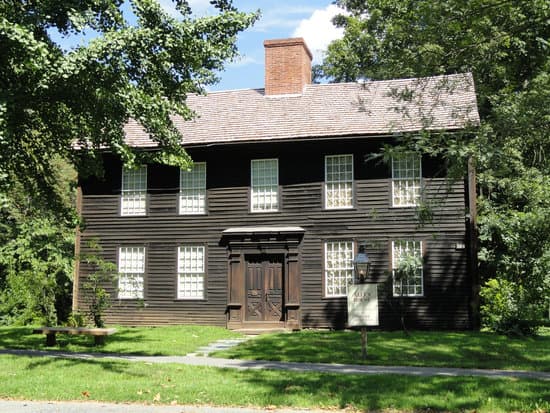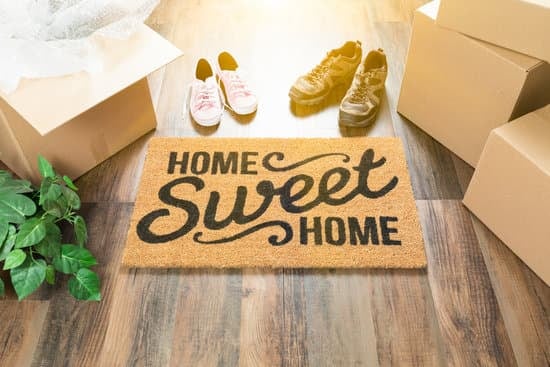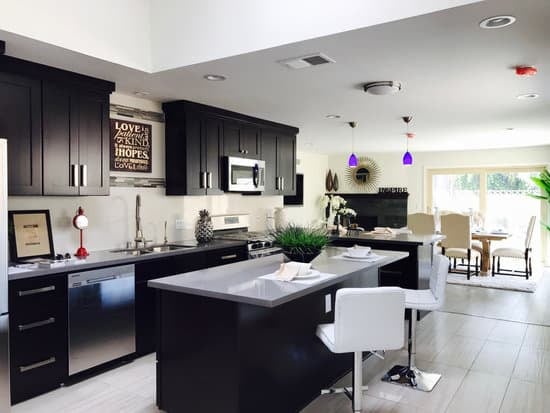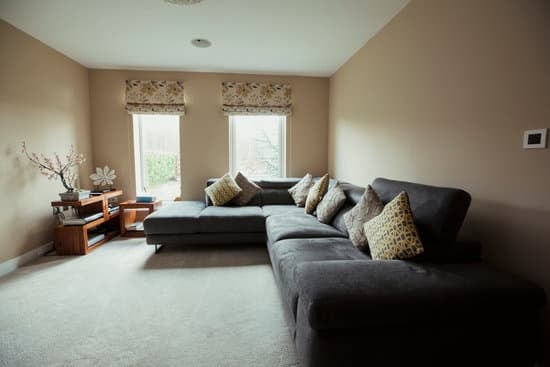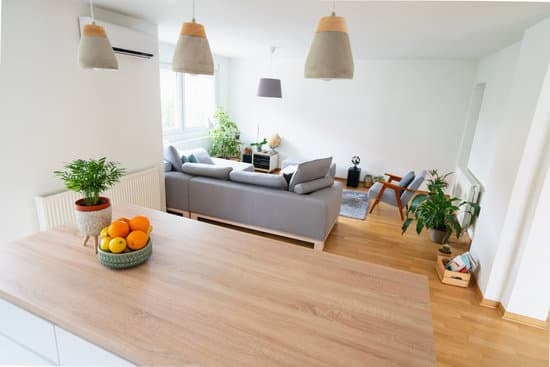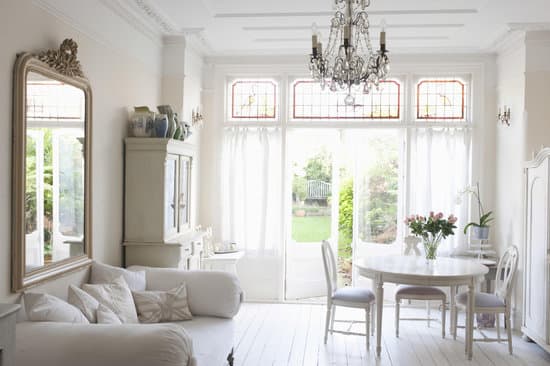Covering old bumpy walls is a common challenge faced by many homeowners. Fortunately, there are several methods you can adopt to achieve a smooth and even finish. One of such methods is the application of a coat of sand. This method not only helps to create a smooth surface but also gets rid of walls with textured surfaces. Below are some steps to guide you when applying sand to your walls:
Begin by cleaning the wall surface to remove any dust, dirt, or debris.
Mix sand and drywall mud in a large bucket until you achieve a consistency that is easy to spread.
Using a paint roller, apply the mixture evenly across the wall surface.
Allow the wall to dry for a day or two.
After the wall has dried, use a sanding pole to smoothen the wall surface. Begin at the top of the wall and work your way down.
Repeat steps 3-5 as many times as necessary to achieve a smooth and even finish.
It is important to note that the process of skim-coating a room can be messy and time-consuming. However, the end result is well worth the effort and can make a significant difference in how your space looks. So, roll up your sleeves, grab your sand and mud, and get to work!





